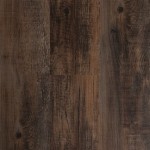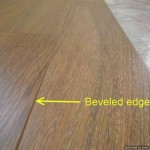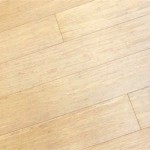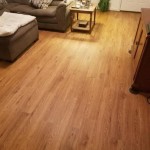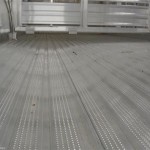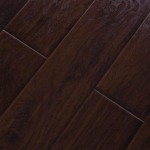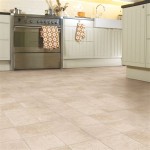Essential Aspects of Engineered Wood Flooring Installation
Installing engineered wood flooring can enhance the aesthetics and value of your home. To ensure a successful installation, meticulous planning and adherence to specific guidelines are crucial. This comprehensive guide will provide you with the essential aspects to consider for a flawless engineered wood flooring installation.
Subfloor Preparation
The subfloor serves as the foundation for your engineered wood flooring. It must be level, flat, and free of imperfections. Inspect the subfloor for any unevenness or damage, such as moisture, cracks, or unevenness. Address these issues by leveling the subfloor using a self-leveling compound or replacing damaged areas.
Moisture Control
Engineered wood flooring is susceptible to moisture damage. Installing a moisture barrier is essential to prevent moisture from seeping into the flooring from the subfloor. A plastic sheeting with an overlap of at least 6 inches between seams should be installed over the subfloor before laying the engineered wood flooring.
Acclimation
Engineered wood flooring undergoes acclimation to adjust to the temperature and humidity levels of its installation environment. Unpack the flooring and allow it to rest unopened for at least 48 hours in the room where it will be installed. This process helps the flooring adapt to its new surroundings and minimizes the risk of expansion or contraction after installation.
Installation Method
Engineered wood flooring can be installed using various methods, including nail-down, glue-down, and floating installation. Each method requires specialized tools and techniques. If you are unfamiliar with flooring installation, it is recommended to consult a professional for assistance.
Expansion Gaps
Allowing for expansion gaps is crucial to prevent buckling or warping of the flooring. Leave a minimum of 1/4 inch around the perimeter of the room and any fixed objects such as walls or pillars. These gaps will accommodate the natural expansion and contraction of the flooring with changes in temperature and humidity.
Underlayment
Underlayment provides a layer of cushioning and protection for the engineered wood flooring. It helps reduce noise, insulate the flooring, and extend its lifespan. Choose an underlayment specifically designed for the type of engineered wood flooring being installed.
Finishing
Once the engineered wood flooring is installed, it is essential to apply a protective finish to shield it from wear and tear. Polyurethane or oil-based finishes can be used depending on the desired look and durability. Allow ample time for the finish to dry before using the flooring.
Maintenance
Regular maintenance is essential to preserve the beauty and longevity of your engineered wood flooring. Sweep or vacuum the flooring frequently to remove dirt and debris. Use a pH-neutral cleaning solution specifically formulated for wood floors for cleaning. Avoid using harsh chemicals or abrasive cleaners, which can damage the finish.

Installation Guide How To Install Engineered Timber Flooring

The Ultimate Guide To Engineered Hardwood Flooring Precision

Step By Installation Guide For Wood Floor Tiles

How To Install Lock Engineered Hardwood Flooring

How To Install Lock Engineered Hardwood Flooring

Installing V4 Wood Flooring Installation Guides

Guide How To Install A Solid Hardwood Floor

How To Install Hardwood Flooring For Beginners

Engineered Timber Flooring Installation Guide Cq

Engineered Wood Flooring Size Guide Bvg

